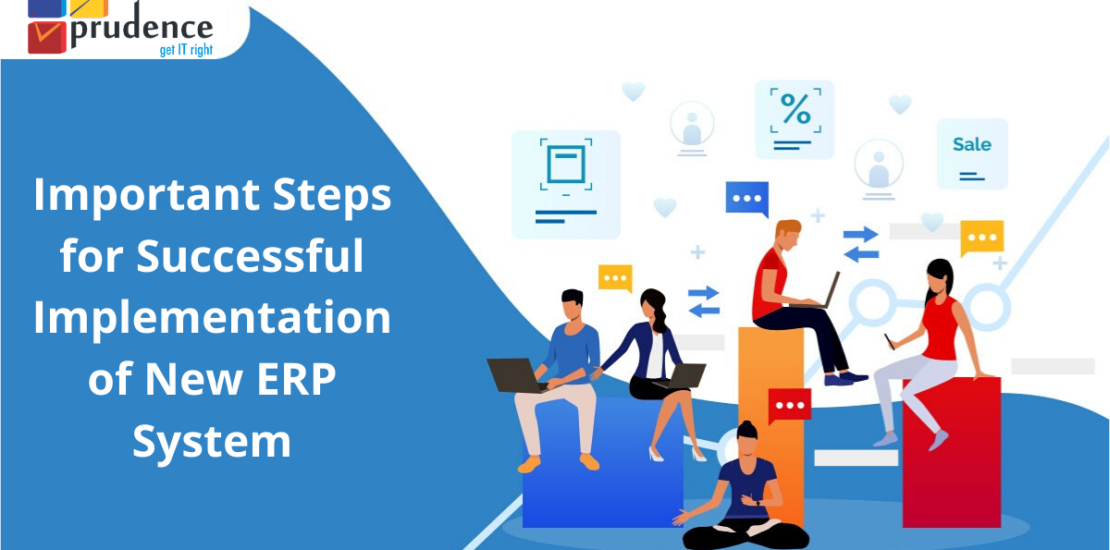Important Steps for Successful Implementation of New ERP System
Important Steps for Successful Implementation of New ERP System
-
March 5, 2020
- Posted by: Shashi Ranjan
- Category: ERP System Implementation
No Comments

- March 5, 2020
- Posted by: Shashi Ranjan
- Category: ERP System Implementation

ERP systems (Enterprise Resources Planning systems) are constantly customized; it is only in a very rare case that the systems are implemented off-the-shelf. The migration of the data between the systems is often involved by these systems. In order to meet all the changing regulatory frameworks, ERP systems must be regularly modified. These systems are often linked to the legacy systems and can be integrated with the other applications. Testing a new ERP system becomes very important for every organization. ERP software testing is the key to successful implementation.
Here Are The Most Six Important Steps For The Successful Implementation Of The New Best ERP System
Adjusting the Configurations
The teams during the testing phase determine that the slight adjustments are essential in order to optimize the use of systems in consecutively running the businesses.
Establishing a “Cut-off” Strategy
The evolution from an old system to a new one system can take a variation in the routes. Formerly, the companies used to convert one module at a time or they would run the both systems in parallel. The main difficulties with the previous approaches was that the workload of the users turned out to be more than the double. After building the interfaces they admit the differences whereas, the approach followed now helps in building the confidence in the new ERP system and then covers everything at once.
User Acceptance Testing
Development and execution of the UAT plan fall mostly on the shoulders of the team that associated with the project as they are very well aware of the business. In order to make the testing process completely successful, the users have to analyze the testing process and then develop a plan. Lastly, the ERP implementation team works with the project team in order to develop all the testing scenarios for testing all parts of the ERP system.
Import Sample Data
Involving the dynamics and load the static data is the part of the go-live process. Customers, vendors, inventory items, etc. are the elements in the static data that do not change very frequently. Things like account payable, inventory quantities and receivable invoices are included at the time of a dynamics data change. A part of the testing services for ERP applications (Enterprise Resources Planning Applications) should always include the import and the export processes, mainly with dynamics data. It becomes more important to ensure that the process works competently in order to minimize system downtime during the conversion.
Simulate Running the Business
Prior to the go-live decision, it is compulsory that the ERP System Implementation teams work jointly in order to perform one final test of the ERP system. The project team should, therefore, prepare a final test scenario that simulates the running of the entire business in the new ERP system. Subsequently, this final task will confirm if the system is ready to go live or there are some changes still that have to be made.
Training of the End-User
Once the project handling teams receive the confirmation, members of the project reach out to train the end-users.
For request a quick demo please write to us at marketing@prudencesoftech.com


